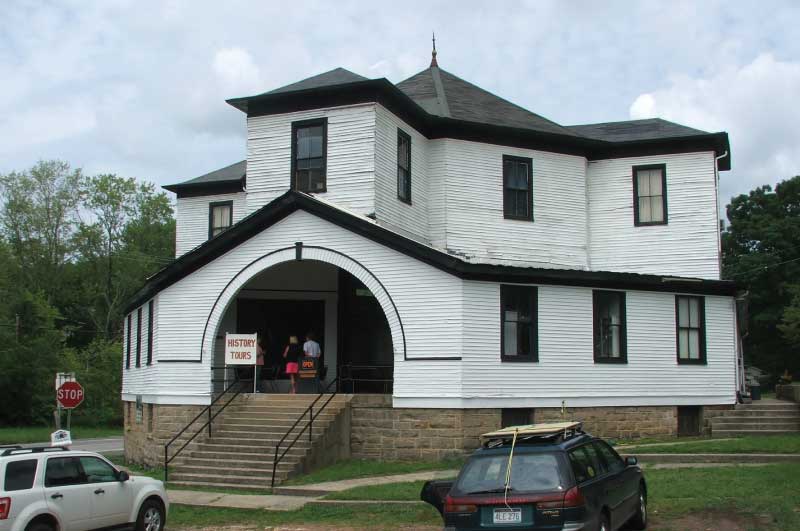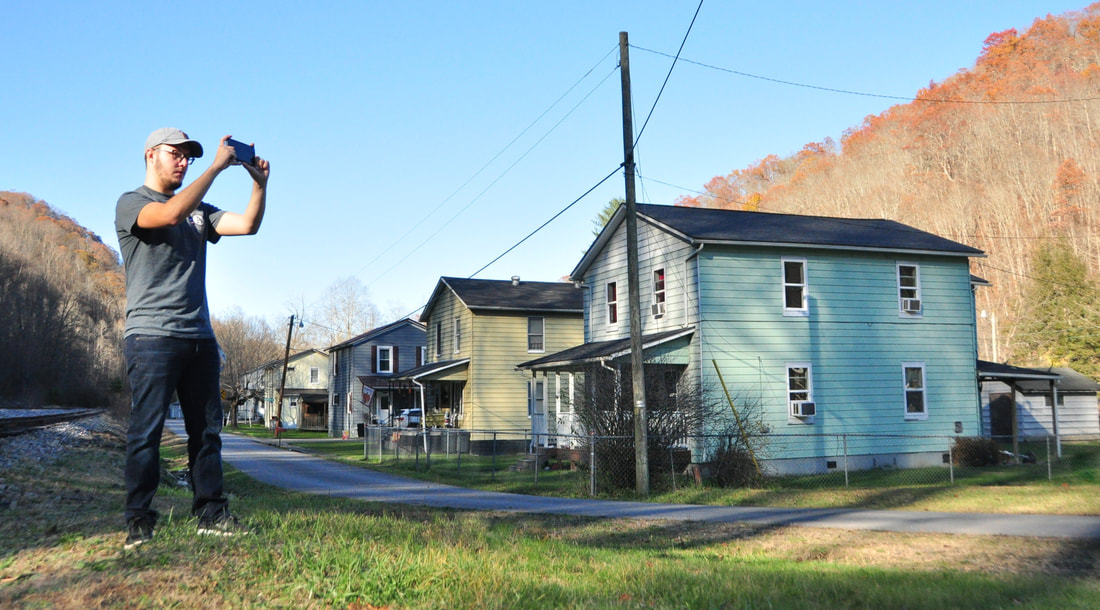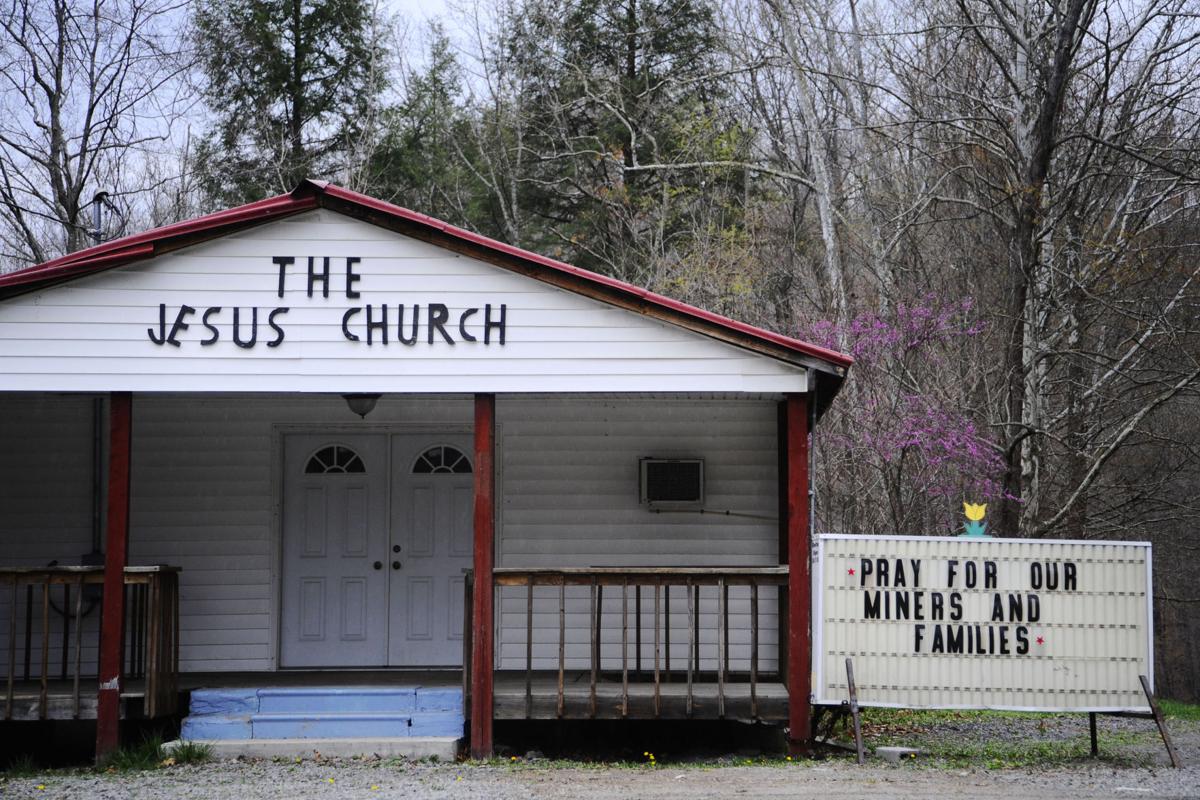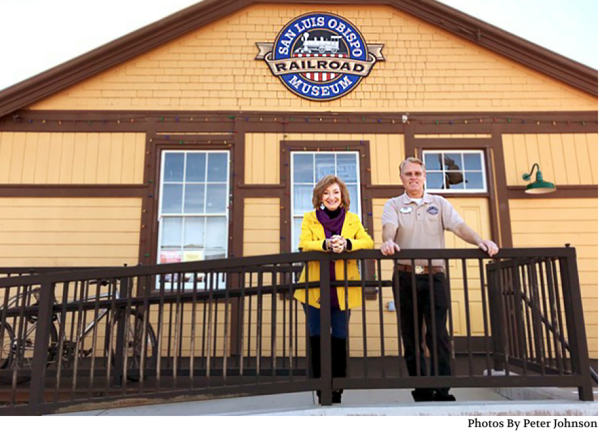Roosevelt Siding With Coal Workers

The coal strike of 1902 also known as the anthracite coal strike was a strike by the united mine workers of america in the anthracite coalfields of eastern pennsylvania miners striked for higher wages shorter workdays and the recognition of their union the strike threatened to shut down the winter fuel supply to major american cities.
Roosevelt siding with coal workers. Roosevelt tried to solve this problem. The coal strike that defined theodore roosevelt s presidency to put an end to the standoff the future progressive champion sought the help of a titan of business. Mitchell accepted roosevelt s suggestion of arbitration. Their struggle and teddy roosevelt s role in it was to mark a turning point in labor history.
However the actions of teddy roosevelt in the coal strike of 1902 set a new tone in labor government relations. Anthracite coal mine strike comes to an end. This caused factories schools and even hospitals to shut down especially in the winter. Jesus and president roosevelt explained sopher.
Fighting for safety standards grievance procedures and better pay workers in many trades held strikes to get the. Theodore roosevelt s style was different from grover cleveland s and as he would demonstrate so was his attitude towards labor. Not long after eleanor roosevelt a consistent advocate for workers and workers rights on may 21 1935 shocked the nation and the editors of the nations newspapers by touring a coal mine. In 1902 the pennsylvania coal miners walked out of the mines in a wage dispute.
The coal operators were determined to break the strike and rejected all union offers to conciliate on the grounds that there was nothing to talk about. Because mine owners refused to negotiate coal supplies dwindled. Roosevelt was quick in calling the mine operators and workers to the white house. Lewis was president of the united mine workers from 1919 to 1960.
A driving force for coal miner and industrial worker rights. This became a centerpiece of roosevelt s progressive reputation in the coming years and showed that republicans as well as democrats could respond to the era s zest for reform. The early 20th century was marked by tensions between workers and employers. In early may 1935 however the supreme court threw the labor side of the economic recovery back into complete disarray when it struck down the nira.






























